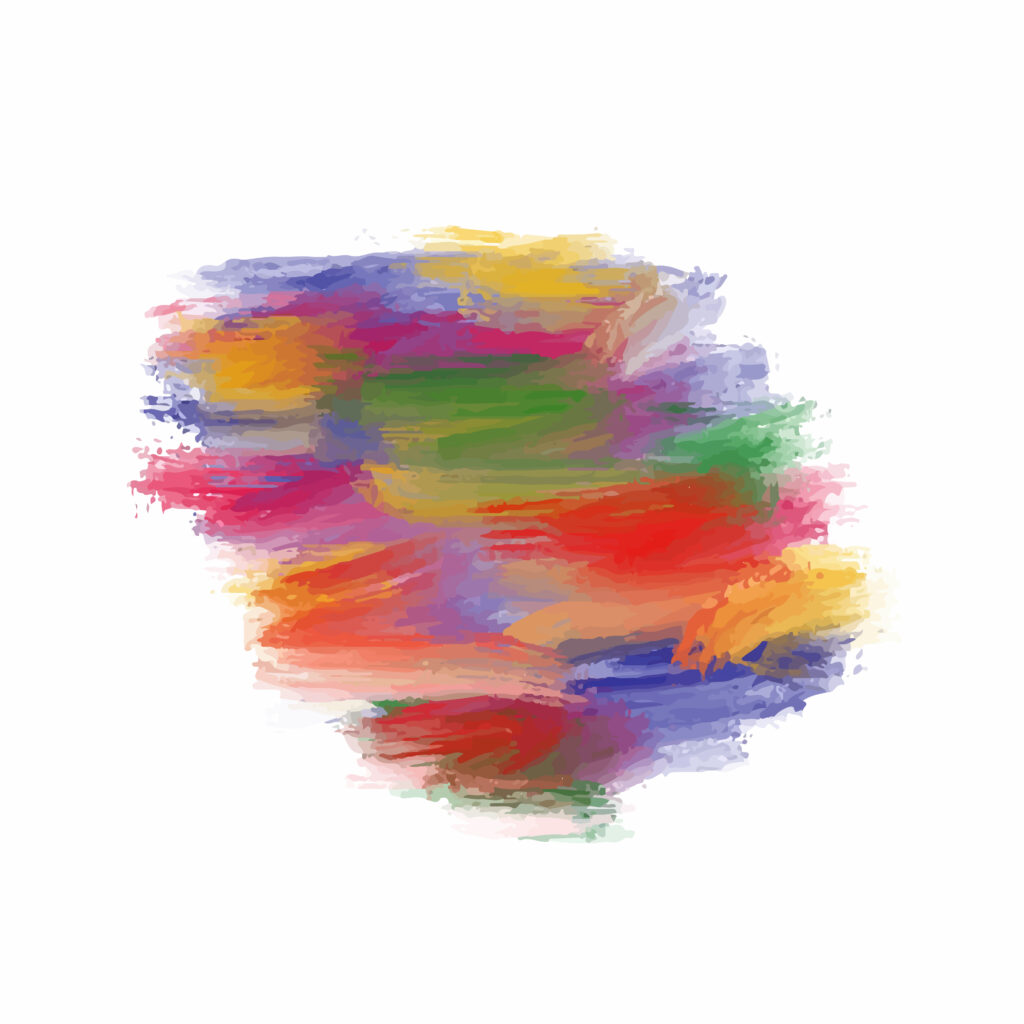Pigment Safety in Artistic Practices
Welcome to our detailed guide on pigment safety, where we explore the precautions and safer alternatives for handling pigments in various artistic practices. Understanding the risks associated with traditional pigments and adopting non-toxic alternatives is crucial for maintaining a safe and healthy creative environment.

Understanding Pigment Toxicity
Many traditional pigments used in arts like painting, paper making, and printmaking contain hazardous substances that can pose significant health risks. For instance, some pigments used in acrylic paint and inks for silkscreen printing contain heavy metals such as cadmium and lead, which are toxic when inhaled or ingested. For those studying the ethical and historical implications of such materials, a philosophy essay writer at essayservice.com can provide an in-depth analysis and critical perspective.


Safer Alternatives and Practices
Non-toxic Pigments:
We encourage artists to select pigments labeled as non-toxic, which are free from heavy metals and other hazardous substances. These alternatives provide vibrant colors without compromising health and are suitable for various applications, including acrylic painting and silkscreen printing. Similarly, when one needs academic help, they can simply write my assignment at WritePaper, ensuring they get quality work without compromising their time or focus.
Using Safer Solvents:
Solvents are often used to dissolve or thin pigments, but many traditional solvents are volatile and toxic. We advocate the use of safer alternatives like d-limonene, a naturally derived solvent that offers a less toxic option for dissolving oil-based pigments without compromising effectiveness.
Protective Measures:
When working with potentially toxic pigments, it’s crucial to use appropriate types of respirators, which can filter out harmful particles and fumes. Ensuring adequate ventilation in the workspace is also essential to disperse any harmful airborne substances.

Specific Artistic Techniques and Safety Tips
Paper Making:
For artists involved in paper making, it’s important to choose pigments that are safe for both the artist and the environment. Opt for natural dyes or certified non-toxic colorants to add hues to your paper crafts safely.
Acid Etching:
Traditional acid etching metal processes often involve the use of toxic acids that can release harmful fumes, affecting both the artist and the environment. We promote alternative etching methods that utilize less harmful substances, reducing health risks associated with conventional acid etching techniques.
Silkscreen Printing:
This popular technique can expose artists to solvent fumes and pigment dust. Use water-based inks and non-toxic pigments to minimize exposure, and always work in a well-ventilated area. Employ protective gear such as gloves and respirators during the process.
Classroom and Workshop Safety:
For educators and workshop leaders, using non-toxic pigments and materials like white board markers ensures a safer learning environment. Educating students about the hazards of certain materials and the importance of using safer alternatives is key to fostering responsible practices from the start.
Conclusion
Promoting pigment safety is an integral part of creating a healthier art practice. By choosing safer pigments and adopting proper safety measures, artists can protect themselves, their peers, and the environment from the risks associated with toxic substances. At Nontoxicprint, we are committed to providing you with the resources and knowledge to make informed choices about the materials you use in your artistic endeavors. Join us in making art a safer expression for everyone involved.